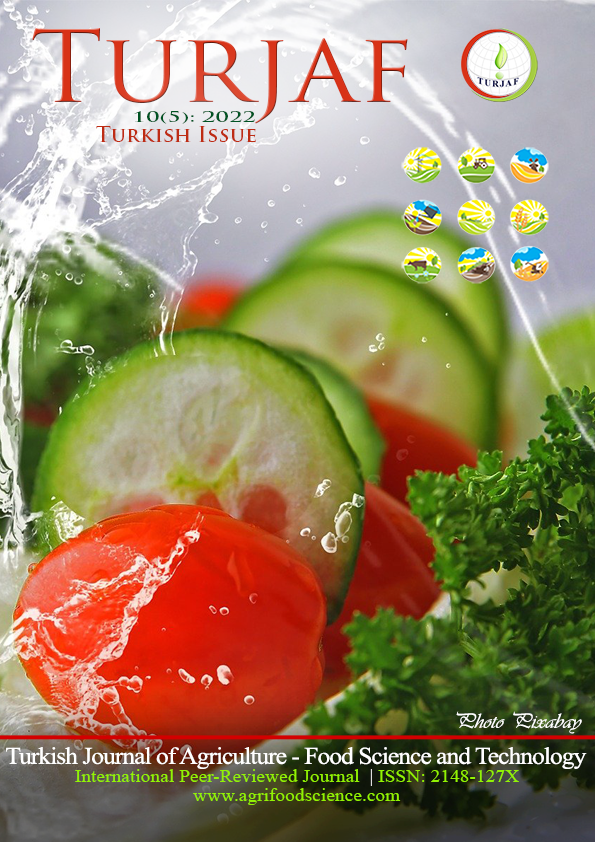Methane Emissions, Reduction Strategies and Measurement Methods in Ruminants
DOI:
https://doi.org/10.24925/turjaf.v10i5.853-860.5010Keywords:
Ruminant, Methane release, Reduction strategy, Measurement methods, Livestock sectorAbstract
The livestock sector plays an important role in climate change by contributing to anthropogenic greenhouse gas emissions. Studies to reduce greenhouse gas emissions in production systems of ruminant animals are of particular interest all over the world. Methane gas is formed as a result of microbial fermentation of hydrolyzed carbohydrates such as cellulose, hemicellulose, pectin and starch in the rumen. Ruminants contribute approximately 16% of global greenhouse gas emissions and 33% of global anthropogenic methane emissions. Considering its radioactive effect and global warming potential, it is estimated that the life of methane in the atmosphere, which is an important factor, will reach its half point in 12.4 years. With the increase in the world's population, the demand for animal products for nutritional purposes will need more animals and therefore total methane emissions will increase. Reducing methane emissions without reducing animal production is of critical value. In this review, methane release from ruminant animals, its reduction ways and measurement methods were examined.Downloads
Published
31.05.2022
How to Cite
Boran, Özlem, & Serbester, U. (2022). Methane Emissions, Reduction Strategies and Measurement Methods in Ruminants. Turkish Journal of Agriculture - Food Science and Technology, 10(5), 853–860. https://doi.org/10.24925/turjaf.v10i5.853-860.5010
Issue
Section
Review Articles
License
This work is licensed under a Creative Commons Attribution-NonCommercial 4.0 International License.









